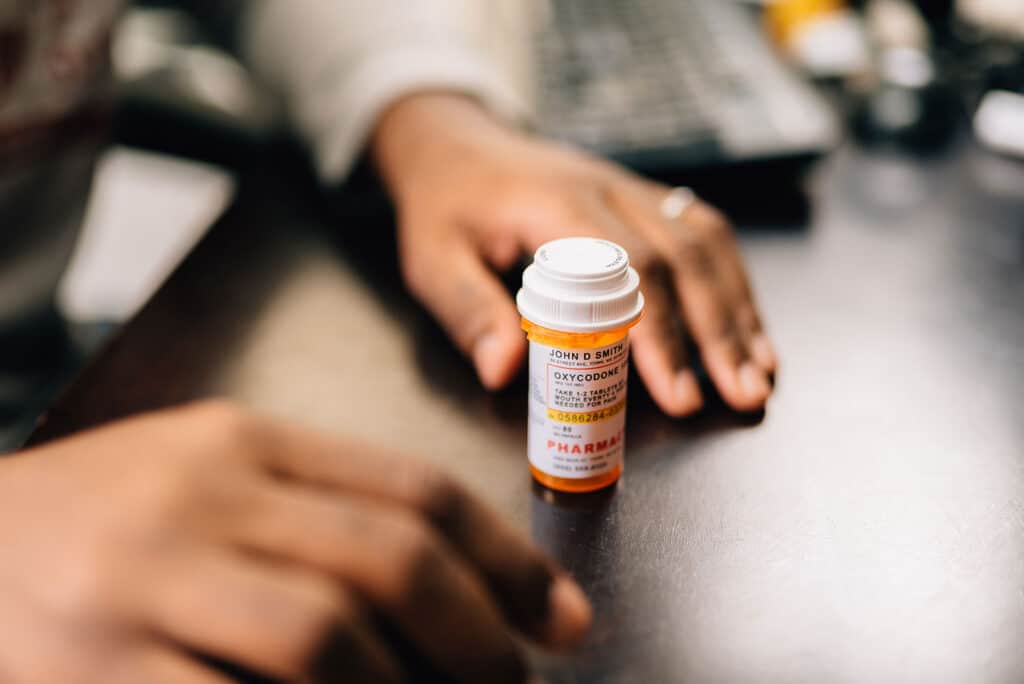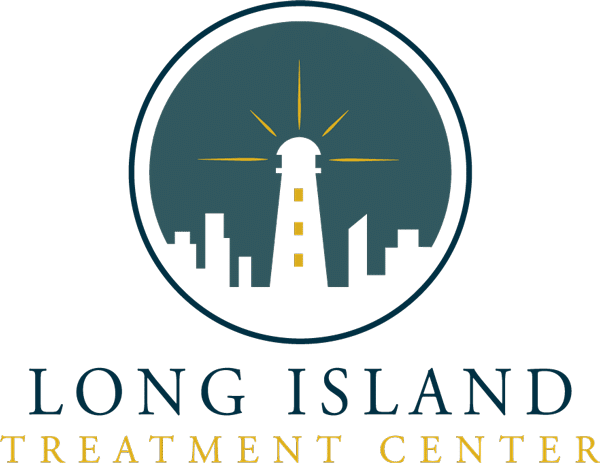Opioid use disorder is one of the most critical forms of addiction and has become a serious concern not only in Long Island, but all across the nation.
If you or a loved one is struggling with opioid addiction, this guide aims to help you by providing you with a comprehensive overview of this challenging addiction and the possible treatment solutions available in New York.
Table of Contents
Understanding Opioid Addiction
The first step in getting rid of opioid addiction is learning what it is, as understanding how these drugs affect the body is essential to maintain long-term recovery after initial treatment.
Opioid addiction, also known as “opioid use disorder” or “OUD”, is a chronic condition that affects millions of people across America.
One thing to know here is that opioids are not a single drug. Instead, they’re a class of drugs that include both legal and illegal substances. However, both forms are highly addictive and cause somewhat similar effects on the body.
Legal opioids, such as oxycodone, hydrocodone, morphine, and fentanyl (one of the most potent and dangerous opioids) are typically considered Schedule II controlled drugs.
Schedule II drugs include ones with accepted medical uses. Legal opioids are usually prescribed as potent painkillers and analgesics to treat moderate to severe pain.
There are also Schedule I opioids, which are illegal and have no accepted medical uses, such as heroin.
Regardless of their potency, all opioids interact with the brain by binding to μ (pronounced mu) opioid receptors in the brain, which results in pain relief and a sensation of well-being euphoria.

Is Opioid Addiction Common in Long Island?
Unfortunately, opioid addiction is a significant issue, not only in Long Island, but all across New York and the United States.
Recent information from the National Safety Council shows that the mortality rate and overdose deaths associated with opioid addiction have risen significantly over the years.
According to the report, the mortality rate of opioids has risen from 1% in 2017 to 1.5% in 2020. This means that opioid addiction is more likely to kill than motor vehicle crashes.
The same report also shows that Long Island alone accounts for 20% to 30% of all opioid overdose deaths in New York.
The most fatal and potent opioid is Fentanyl, followed by heroin. The drug is rated around 50 times more powerful than heroin and 100 times more powerful than morphine. It also accounts for more than 80% of overdose deaths in New York.
Causes of Opioid Addiction
Addiction and drug use are usually complex conditions that include a combination of causes rather than a single one. These causes could be anything from physical to psychological or even social and environmental.
Here’s a brief breakdown of the different factors and how they end up causing opioid addiction:
- Abusing Prescribed Dose: The leading factor behind opioid addiction is exceeding the dose prescribed by the doctor. Patients end up developing tolerance that requires raising the dose continuously to achieve the same effect.
- Self-Medication: Some people might try to use opioids without medical supervision to cope with pain, stress, or other issues. This also develops tolerance that leads to addiction.
- History of Abuse: Having a personal or family history of substance use disorders is usually a significant risk factor for opioid abuse.
- Traumatic Events: Experiencing physical or emotional trauma such as abuse, neglect, or loss, which can make individuals more likely to turn to opioids as a coping mechanism.
- Environmental Influence: Being surrounded by individuals who abuse opioids can push individuals to succumb to peer pressure and start abusing opioids.
- Access to Opioids: Having easy access to prescription opioids through family members and friends may increase the risk of misuse and addiction
- Exposure at a Young Age: Studies show that being exposed to opioids at a young age can increase the risk of addiction later in life. This includes being directly or indirectly exposed to them.
- Coexisting Mental Conditions: Having a mental health condition like depression, psychosis, or anxiety can make individuals more likely to use opioids to seek their euphoric reward as a way to cope.
- Personal Differences: Individual factors like impulsivity, low self-esteem, and sensation-seeking behavioral patterns can contribute to the risk of developing opioid addiction, which varies from one person to another.

Signs and Symptoms of Opioid Addiction
Since there are various causes behind opioid addiction, there are also various signs and symptoms associated with the use of opioids. These side effects can be physical or behavioral and may vary depending on the case’s severity.
Behavioral Signs
- Developing a strong tolerance to prescribed doses and needing higher doses to achieve the desired effect.
- Withdrawal from social, academic, and professional obligations
- Losing interest in hobbies and activities other than finding and using opioids to use
- Secretive and deceptive behavior, especially when it comes to sourcing money used to buy opioids
Physical Symptoms
- Experiencing withdrawal symptoms when trying to stop or reduce the dose
- Noticeable weight loss and change in appearance due to neglecting personal hygiene and self-care
- Blurry vision due to constantly constricted pupils
- Excessive drowsiness and lethargy with slow movement
- Disturbances in sleep patterns
- Appearance of needle track marks (if the drug is used through injection)
- Difficulty breathing
- Irritability and mood swings
- Having a hard time focusing on one task or for a long time
- Impaired memory
Opioid Addiction Treatment Options Near You
Opioid addiction is a treatable condition, although it’s a challenging one. There are several evidence-based effective options to help individuals achieve recovery.
However, health care providers will typically recommend a combination of them for the best results.
Medically Supported and Supervised Detoxification
Detoxification is often considered the first and most critical step in the treatment of opioid addiction. In this stage, opioids and their effects are purged from the body.
This is usually done under the supervision of medical professionals due to the severity of the withdrawal symptoms associated with ceasing to use the drug.
Doctors will typically use tapering techniques to gradually reduce the dose which reduces the impact of the symptoms. Despite the stage’s importance, it’s not sufficient for long-term recovery.
Since the withdrawal symptoms of opioid addiction are usually severe, inpatient rehabilitation programs are usually recommended over outpatient options.
Since opioids are highly addictive, medical professionals typically use medication-assisted treatment to help manage the cravings and relapses associated with their withdrawal symptoms.
These include drugs like methadone, naltrexone, and buprenorphine. The mechanism of action of each of these drugs may vary, but many of them work by interacting with the brain’s opioid receptors.

Behavioral Therapy
Following detoxification, various forms of therapy can be used to ensure the long-term effectiveness of the treatment. These techniques help individuals identify and address the underlying thoughts, behaviors, and triggers that contribute to their addiction.
They also teach coping skills and strategies for managing cravings and behavioral health and preventing triggers and relapse.
The most popular form of treatment here is cognitive behavioral therapy. However, other techniques like contingency management, motivational enhancement therapy, and dialectical behavioral therapy are also used.
Group Therapy
Group therapy provides individuals with a safe and supportive environment to connect with others who are also going through recovery from addiction. This can help reduce feelings of isolation that people suffering from addiction may feel.
It also provides participants with encouragement and inspiration to avoid triggers and build a new network of sober individuals.
Ongoing support groups for different types of opioid addiction are common in Long Island, including 12-step programs like Narcotics Anonymous (NA) or other peer support groups.
Sober Living Homes
Sober living homes are structured residences that provide a drug-free environment for patients after initial treatment.
They usually house qualified staff to provide medical care to its residents, who are usually recently recovered individuals who aren’t ready to get back completely to normal life.
Essential Notes to Consider About Opioid Addiction Treatment
Now that you know more about the different types of opioid treatment programs, here are some additional points to keep in mind before embarking on this journey:
Always Opt for a Customized Treatment Plan
No single treatment approach is effective for everyone struggling with opioid addiction, as what might work for one may not work for others.
That’s why it’s important to seek the guidance of qualified healthcare professionals who can set a treatment plan for you while keeping all potential factors in mind. Doctors will take various aspects in mind while making this customized plan.
Medical Expertise Is Crucial for Treatment Success and Safety
Seeking the help of qualified health professionals while treating opioid addiction is crucial for another reason. These specialists can:
- Assess the individual’s needs and recommend the most effective treatment options accordingly.
- Prescribe and monitor supportive medication to reduce discomfort during the withdrawal phase.
- Provide medical guidance and reassurance during the detoxification process.
- Address any co-occurring or underlying medical conditions that require special dose adjustments.
Wrapping Up
Treating opioid addiction is a real challenge, but it’s not an impossible one. Choosing the right treatment approach depends on various factors, including the severity of the addiction, individual needs and preferences, and available resources.
Luckily, Long Island Treatment Center offer plenty of highly effective treatment services to help you pick the ideal one for you or your loved ones and secure a drug-free future.

